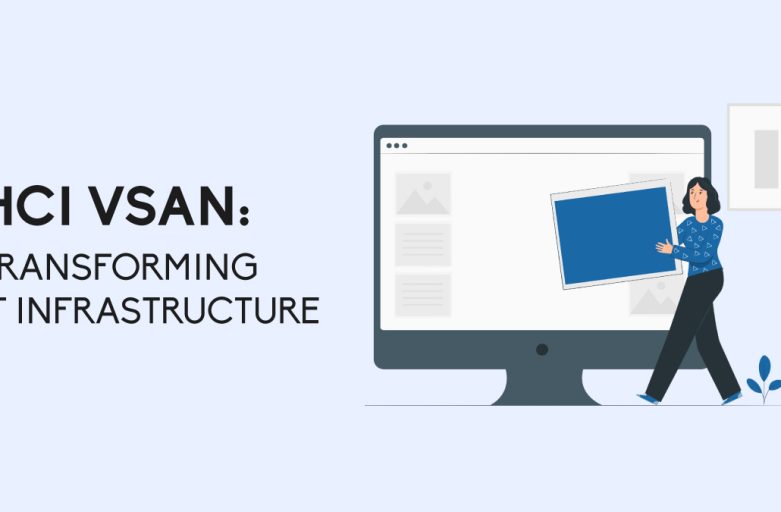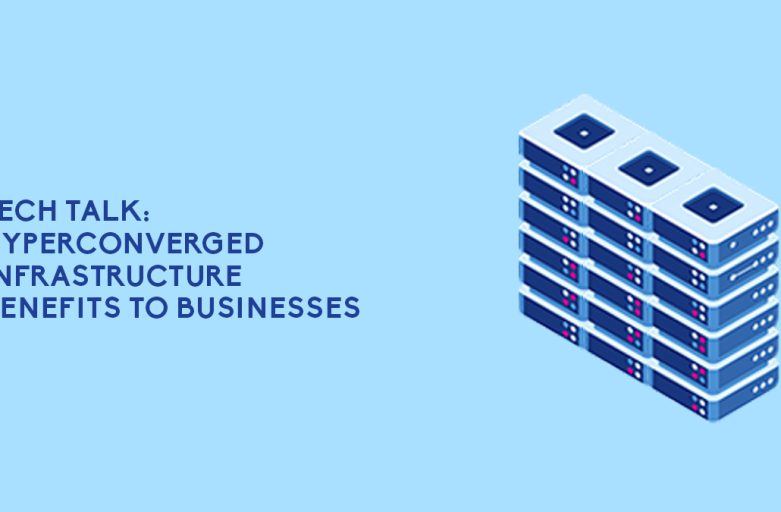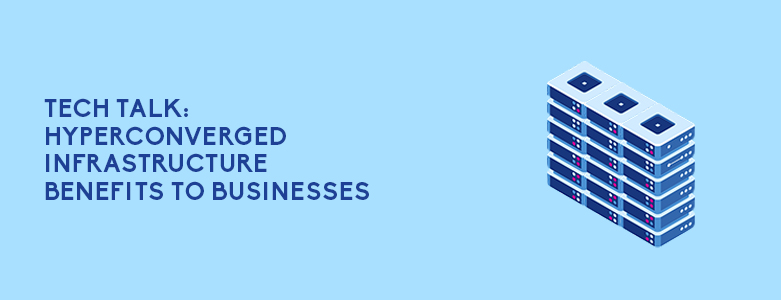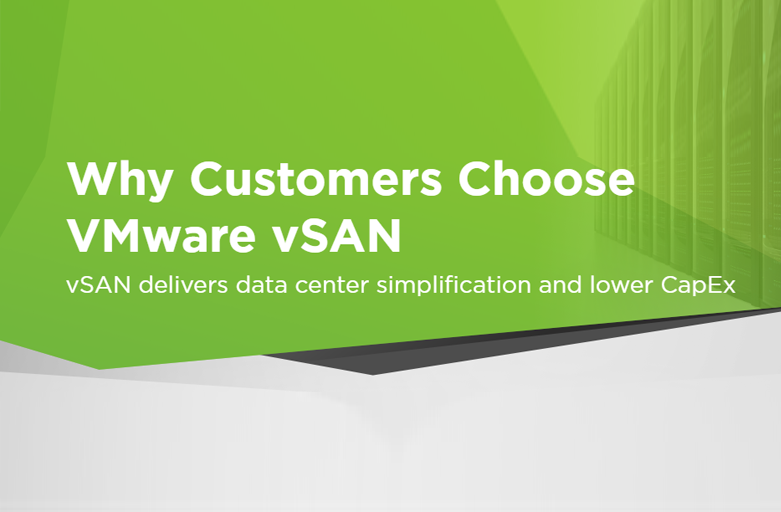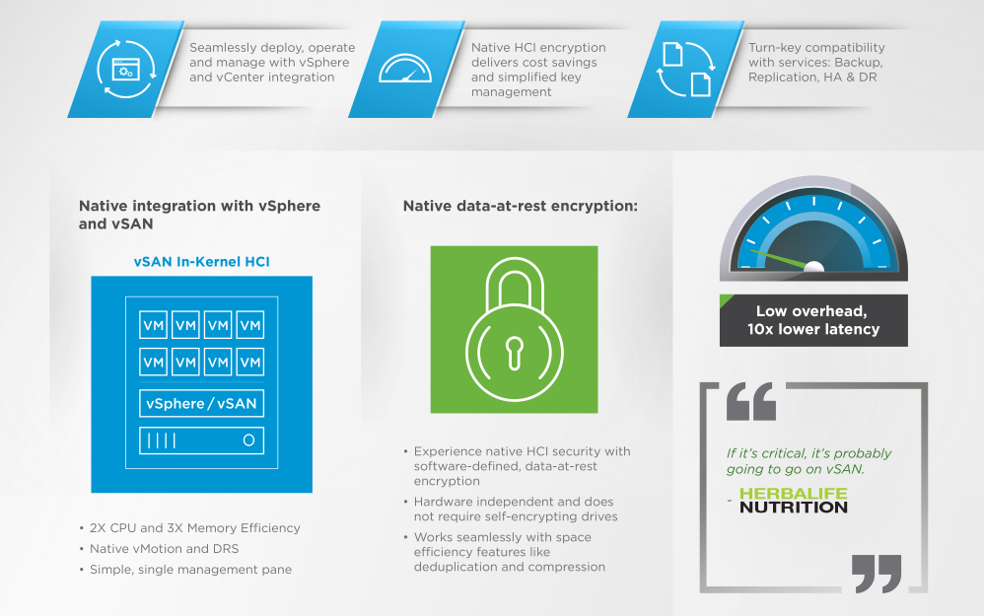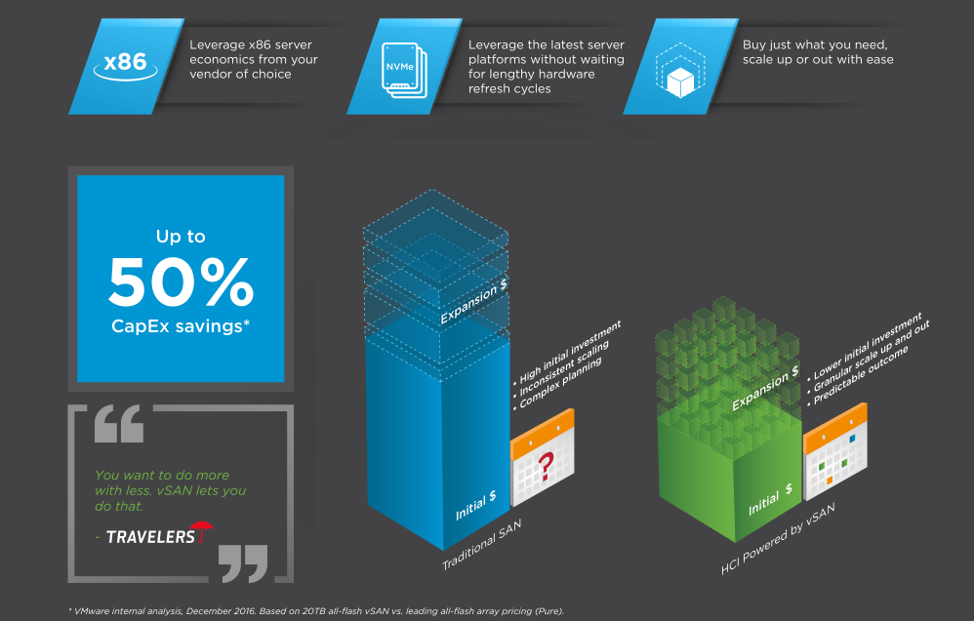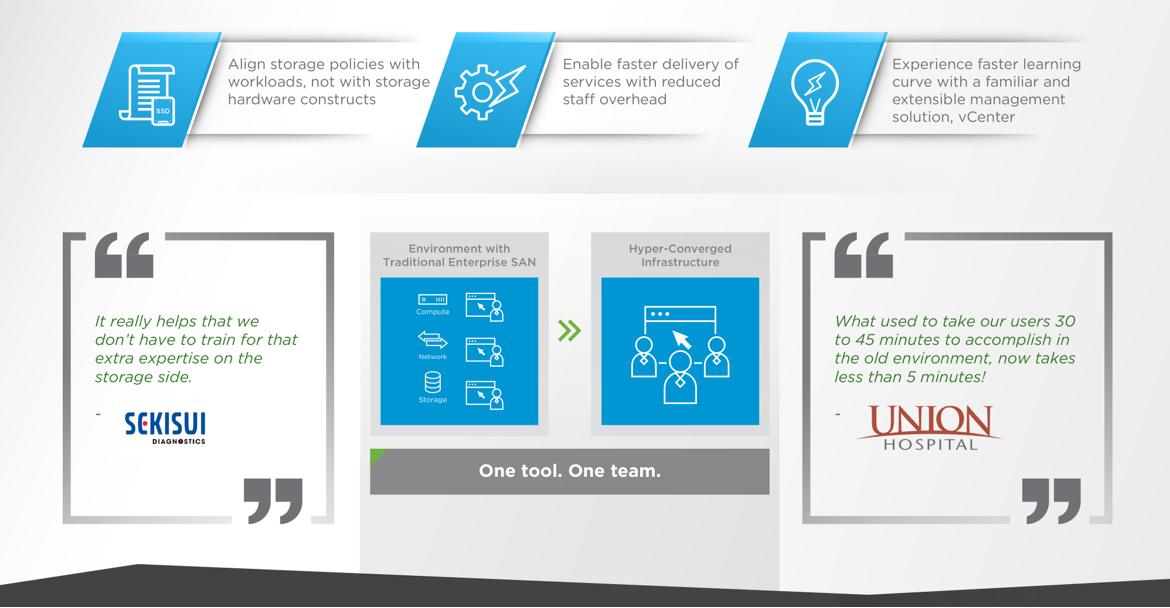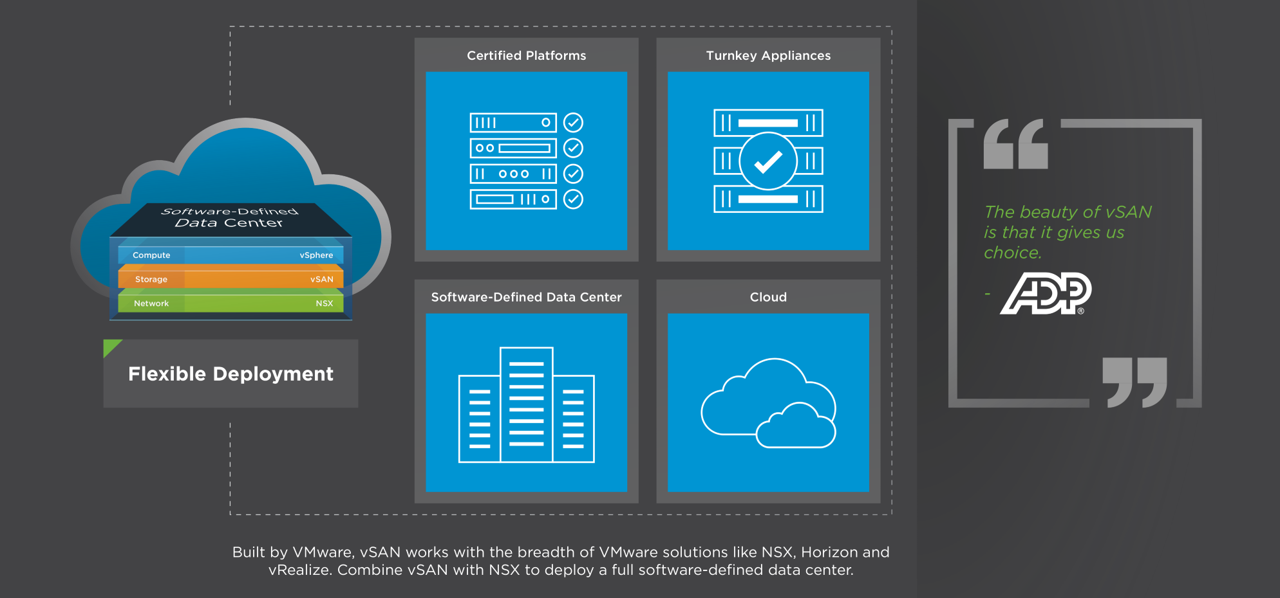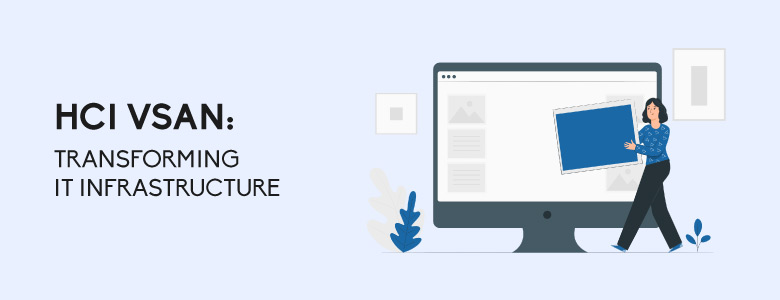
Hyperconverged Infrastructure (HCI) has changed the way IT systems are set up by combining computing power, storage, and networking into one simple solution. VMware’s HCI vSAN is a leading example of this technology, offering a complete solution for modern IT needs. Let’s delve deeper into the main features of VMware vSAN, what makes it stand out from competitors, and how it can benefit businesses in the Philippines.
What is VMware vSAN?
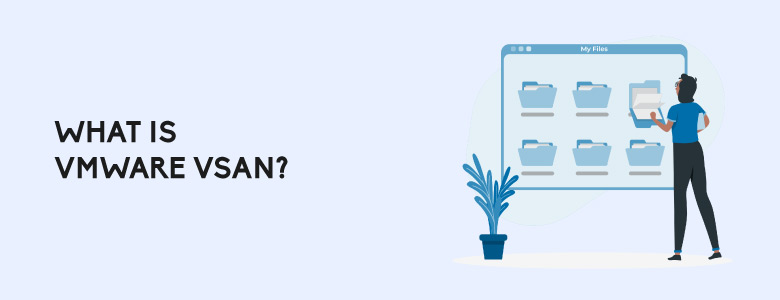
VMware’s HCI vSAN is a leading hyper-converged infrastructure solution that integrates seamlessly with VMware vSphere. It centralizes storage resources across multiple servers into a single, software-defined pool, simplifying management and reducing the need for separate storage hardware. By leveraging existing server resources, vSAN provides a more flexible and cost-effective solution compared to traditional storage systems.
With VMware vSphere integration, administrators can control both computing and storage from a single platform. This makes managing IT simpler and cuts down on the training needed for IT staff. VMware vSAN’s software-defined approach also allows businesses to quickly adjust their storage and performance as their needs change.
Key Features and Competitive Advantages

VMware vSAN has several key features that set it apart from other HCI solutions. One important feature is its policy-based management system. This lets administrators set specific rules for how each virtual machine (VM) should perform and stay available. This ensures that important applications get the resources they need while keeping the whole system running smoothly.
Another major advantage of vSAN is its built-in data services, such as deduplication, compression, and erasure coding. These features help save storage space by getting rid of duplicate data and reducing storage costs. vSAN also includes RAID-5/6 and distributed RAID to protect data and ensure it’s always available.
The HCI Mesh feature is also noteworthy. It allows storage resources to be shared between different clusters, making it easier to balance loads and use resources efficiently. Additionally, the new Express Storage Architecture in vSAN 8 boosts performance by cutting down on delays and increasing data speed.
Benefits for Businesses in the Philippines

For businesses in the Philippines, VMware vSAN offers several significant benefits. First, it is cost-effective. Because vSAN is software-defined, it reduces the need for extra hardware, which helps lower costs. Its built-in data services also save money by making storage more efficient and cutting down on overhead expenses.
Another major advantage is its scalability. Businesses can start with a small setup and easily expand as their needs grow. This makes vSAN a great choice for companies with changing workloads or those experiencing growth. The integration with VMware vSphere also simplifies management, making it easier for companies with limited IT resources to handle their infrastructure.
High availability and disaster recovery are especially important in areas prone to natural disasters. vSAN’s features, like stretched clusters and fault tolerance, help businesses keep running even if something goes wrong. Plus, VMware has local support and partners in the Philippines who provide tailored help and solutions to meet specific needs.
To learn more about vSAN or benefits of Hyperconverged Infrastructure, you can contact us at marketing@ctlink.com.ph to set a meeting with us today!

